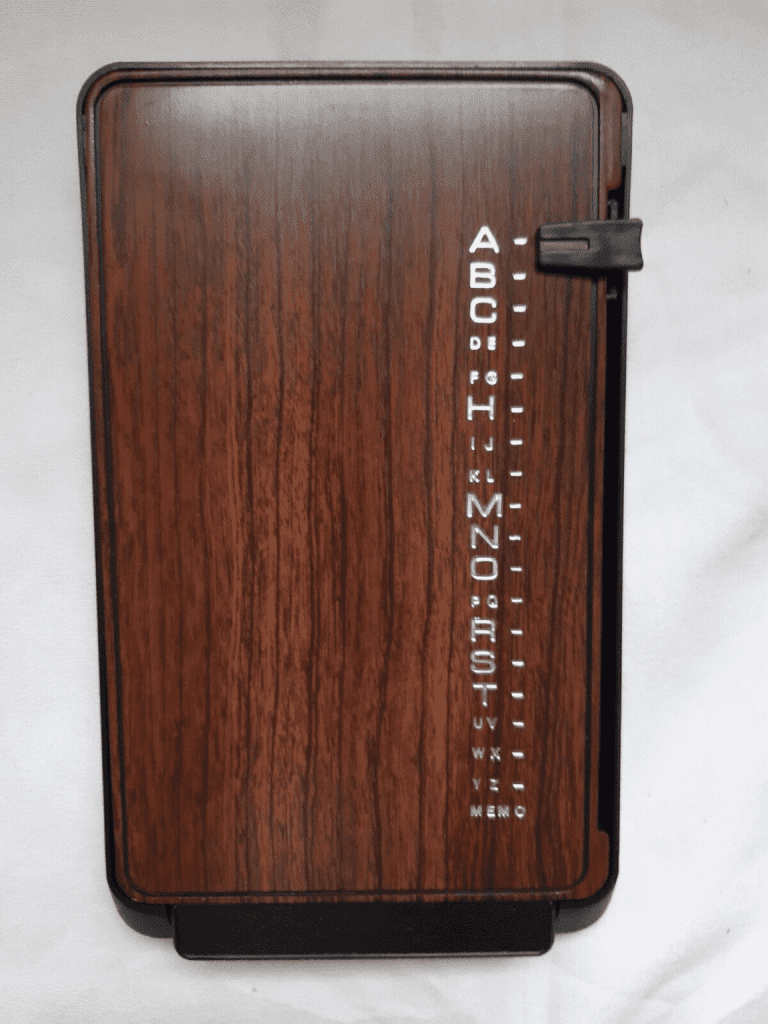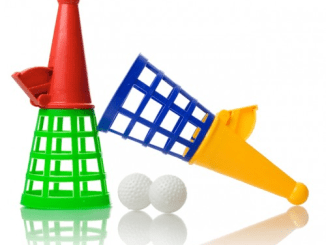The telephone address/phone book index flip-open originated in the early 20th century, during a time when telephones were becoming more widespread. As people needed a practical way to store and retrieve contact details, the ingenious flip-open design emerged. These compact devices, often featuring a spring-loaded mechanism, allowed users to quickly flip to the desired letter and find the needed contact information.
These vintage devices were typically crafted from durable materials like metal or hard plastic, featuring tabs for each letter of the alphabet to categorize and locate entries. Some versions even included a small notepad or a slot for storing a pen, adding to their functionality. The tactile experience of flipping through the index and the satisfying click of the mechanism were integral to their charm.

In an era without smartphones or digital contacts, these flip-open indexes were indispensable. Families kept them near the telephone for easy access, while businesses relied on them to manage client and supplier information. They were particularly popular in the mid-20th century, coinciding with the post-war economic boom and the subsequent rise in consumer goods.
Today, vintage telephone address/phone book indexes are cherished by collectors and nostalgia enthusiasts. They represent a bygone era of simplicity and ingenuity. While they may no longer serve a practical purpose in our digitally connected world, their legacy lives on as a reminder of how people once managed their personal and professional networks.
The design principles of these vintage devices continue to influence modern technology. The emphasis on organization, ease of use, and quick access can be seen in today’s digital contact management systems. Furthermore, their aesthetic appeal has inspired retro-themed decor and office supplies, blending vintage charm with contemporary functionality.
The vintage telephone address/phone book index flip-open remains a beloved relic of the past. Its history, design, and lasting impact on both practical use and cultural nostalgia highlight the ingenuity of simpler times. As a collectible item, it continues to evoke fond memories and admiration for an era when managing contacts was a tactile, deliberate process.
The vintage telephone address/phone book index flip-open stands as a testament to the ingenuity and innovation of the past. Its enduring appeal, both as a practical tool and a cultural artifact, underscores the enduring human desire for simplicity, tactility, and a connection to the analog world. As we continue to embrace the digital age, the vintage phone book index serves as a reminder of the timeless value of tangible, user-friendly solutions and the importance of preserving our technological heritage.


